Table of content
- A. Cooling Before Storage
- B. Airtight Packaging
- C. Optimal Placement
- D. Reheating Techniques
- A. Pre-Freezing Preparation
- B. Vacuum Sealing vs. Freezer Bags
- C. Labeling and Organization
- D. Thawing and Reheating
- A. Vacuum Sealing Without Freezing
- B. Natural Preservatives
- C. Drying/Dehydration
- D. Fermentation Control
- A. Temperature Fluctuations
- B. Overfilling Containers
- C. Ignoring Spoilage Signs
- A. Ice Glazing (for Freezing)
- B. Parchment Paper Dividers
- C. Repurposing Leftovers
- A. Starch Gelatinization
- B. Water Activity (Aw)
- C. Cryoprotectants
- A. Regional Variations
- B. Eco-Friendly Alternatives
- C. Batch Cooking
Introduction
Baozi, or Chinese steamed buns, are a beloved culinary staple enjoyed worldwide for their soft, fluffy texture and versatile fillings. Whether stuffed with savory pork, vegetables, or sweet bean paste, these delicate parcels are a delight but often face a common challenge: their relatively short shelf life. Proper storage is critical to preserving their taste, texture, and safety. This article explores science-backed methods and practical techniques to extend the longevity of baozi, ensuring they remain as fresh and delicious as the day they were made.
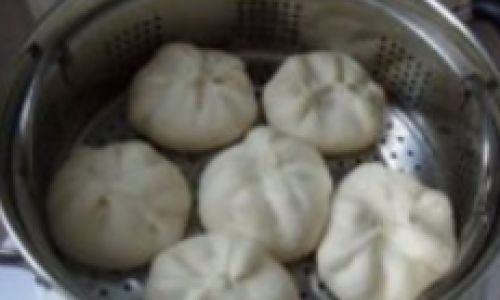
Understanding Baozi Spoilage: The Enemies of Freshness
Before diving into storage solutions, it’s essential to grasp why baozi deteriorate quickly. Three primary factors contribute to spoilage:
- Microbial Growth: Bacteria, yeast, and molds thrive in the moist, nutrient-rich environment of freshly cooked baozi.
- Starch Retrogradation: The starch in the dough recrystallizes over time, causing the buns to harden.
- Moisture Loss: Exposure to air dries out the dough, leading to a stiff, unappetizing texture.
By addressing these issues through targeted storage strategies, you can significantly prolong freshness.
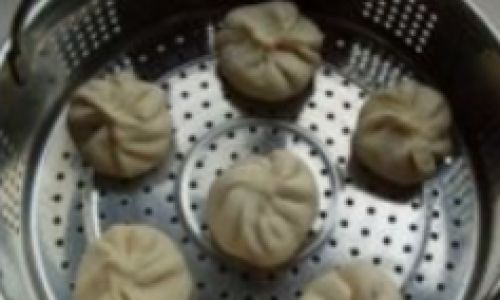
Refrigeration: The Short-Term Solution
Refrigeration is ideal for storing baozi for 3–5 days. However, improper handling can accelerate staling. Follow these steps:
A. Cooling Before Storage
- Allow freshly cooked baozi to cool to room temperature (about 30 minutes) to prevent condensation, which fosters bacterial growth.
- Avoid leaving them uncovered during cooling, as this exposes them to airborne contaminants.
B. Airtight Packaging
- Use resealable plastic bags or airtight containers to minimize moisture loss and odor absorption.
- For extra protection, wrap baozi individually in parchment paper before sealing.
C. Optimal Placement
- Store in the main compartment of the refrigerator, not the door, to maintain a consistent temperature (below 40°F/4°C).
- Avoid overcrowding to ensure proper air circulation.
D. Reheating Techniques
- Steaming: The best method to revive texture. Steam for 5–7 minutes until heated through.
- Microwaving: Place a damp paper towel over the bun and microwave in 20-second intervals to prevent dryness.
Freezing: The Gold Standard for Long-Term Storage
Freezing can extend shelf life to 2–3 months while preserving flavor and texture. Follow this step-by-step guide:
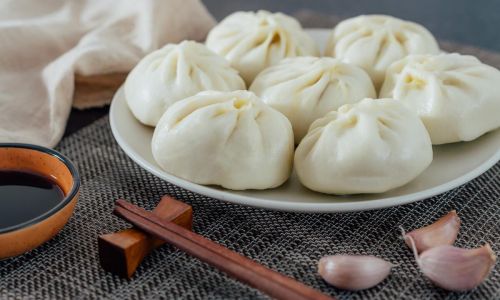
A. Pre-Freezing Preparation
- Flash-Freeze: Arrange cooled baozi on a baking sheet lined with parchment paper. Freeze for 1–2 hours until partially frozen. This prevents clumping.
- Portion Control: Separate into meal-sized batches to avoid thawing excess.
B. Vacuum Sealing vs. Freezer Bags
- Vacuum Sealing: Removes air, inhibiting freezer burn and oxidation. Invest in a vacuum sealer for best results.
- Freezer Bags: Use thick, moisture-resistant bags. Press out excess air before sealing.
C. Labeling and Organization
- Label bags with the date and filling type.
- Store flat in a single layer to save space and allow even freezing.
D. Thawing and Reheating
- Refrigerator Thawing: Transfer to the fridge 6–8 hours before reheating.
- Quick Thaw: Microwave on low power (30%) in 1-minute intervals.
- Reheat: Steam for 10–12 minutes or bake at 350°F (175°C) until heated through.
Advanced Preservation Techniques
For enthusiasts seeking maximal longevity, consider these methods:
A. Vacuum Sealing Without Freezing
- Seal cooled baozi in vacuum-sealed bags and store in the refrigerator. This method can extend shelf life to 7–10 days by limiting oxygen exposure.
B. Natural Preservatives
- Vinegar: Add 1–2 teaspoons of rice vinegar to the dough. The acetic acid inhibits bacterial growth without altering taste.
- Salt: Lightly sprinkle fillings with salt to reduce microbial activity.
- Honey: Brush cooled baozi with a honey-water mixture (1:1 ratio) to create a antimicrobial barrier.
C. Drying/Dehydration
- Oven Drying: Bake baozi at 140°F (60°C) for 4–6 hours until completely dry. Store in airtight jars.
- Rehydration: Steam dried baozi for 15–20 minutes before serving. Note: Texture becomes chewier.
D. Fermentation Control
- Shorter Proofing: Limit dough fermentation to 30–45 minutes to reduce yeast activity, which can accelerate spoilage post-cooking.
- Lower Hydration Dough: Use slightly less water to create a denser crumb, slowing staling.
Avoiding Common Pitfalls
A. Temperature Fluctuations
- Never refreeze thawed baozi, as this disrupts cell structures and encourages bacterial growth.
B. Overfilling Containers
- Leave ½-inch (1.25 cm) headspace in containers to prevent crushing during freezing.
C. Ignoring Spoilage Signs
- Discard baozi with:
- Foul odors
- Mold spots (even tiny ones)
- Unusually slimy or discolored fillings
Creative Storage Hacks
A. Ice Glazing (for Freezing)
- Dip baozi in a bowl of cold water, then immediately freeze. The ice coating acts as a protective layer.
B. Parchment Paper Dividers
- Place parchment squares between layers of baozi to prevent sticking during freezing.
C. Repurposing Leftovers
- Overly dry baozi can be transformed into croutons, breadcrumbs, or stuffing.
The Science Behind Shelf Life
A. Starch Gelatinization
- Cooking gelatinizes starch, creating a soft texture. Over time, starch molecules recrystallize (retrogradation), causing firming. Freezing slows this process by reducing molecular mobility.
B. Water Activity (Aw)
- Baozi have high Aw (0.95–0.99), making them prone to microbial growth. Lowering Aw through drying or freezing inhibits bacteria.
C. Cryoprotectants
- Sugars and fats in fillings act as natural cryoprotectants, stabilizing cell structures during freezing.
Cultural and Practical Considerations
A. Regional Variations
- Northern China: Denser, wheat-based baozi may freeze better than their fluffy southern counterparts.
- Sweet vs. Savory: Oil-rich fillings (e.g., red bean paste) have slightly longer freezer life due to lower water activity.
B. Eco-Friendly Alternatives
- Use beeswax wraps or silicone bags instead of plastic to reduce waste.
C. Batch Cooking
- Prepare large batches and freeze portions for quick meals. Label with cooking instructions for convenience.
Conclusion: A Fresh Approach to Baozi Longevity
Extending baozi’s shelf life requires a blend of culinary science and practicality. Refrigeration suits short-term needs, while freezing remains the most effective long-term solution. Advanced methods like vacuum sealing and natural preservatives offer enhanced protection, while creative hacks transform leftovers into new dishes. By understanding the enemies of freshness—microbes, staling, and moisture loss—you can adapt these techniques to your lifestyle. Whether you’re a home cook or a small-business owner, these strategies ensure that every batch of baozi delivers the same comforting taste, even weeks later. Experiment to find your perfect balance of convenience and quality, and savor the joy of steaming a perfectly preserved bun anytime the craving strikes.
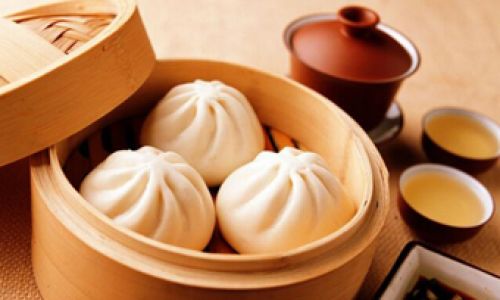

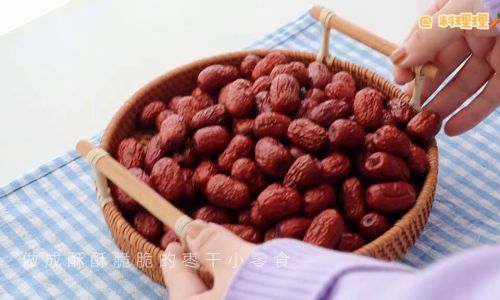
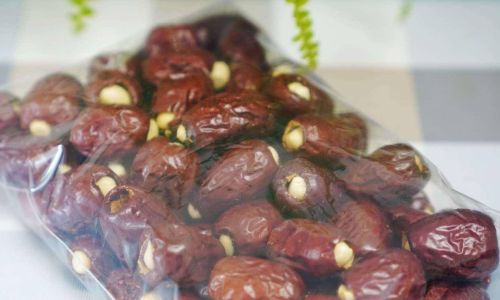

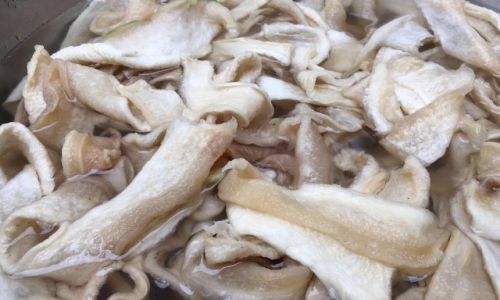
0 comments